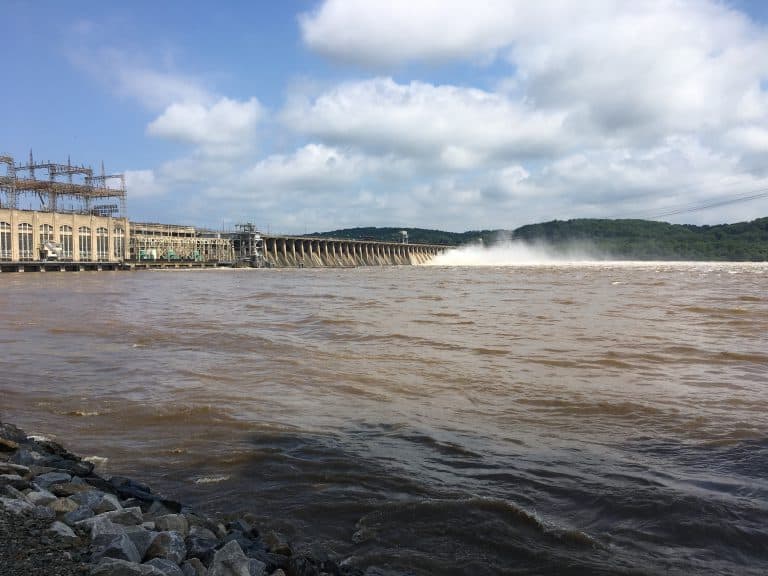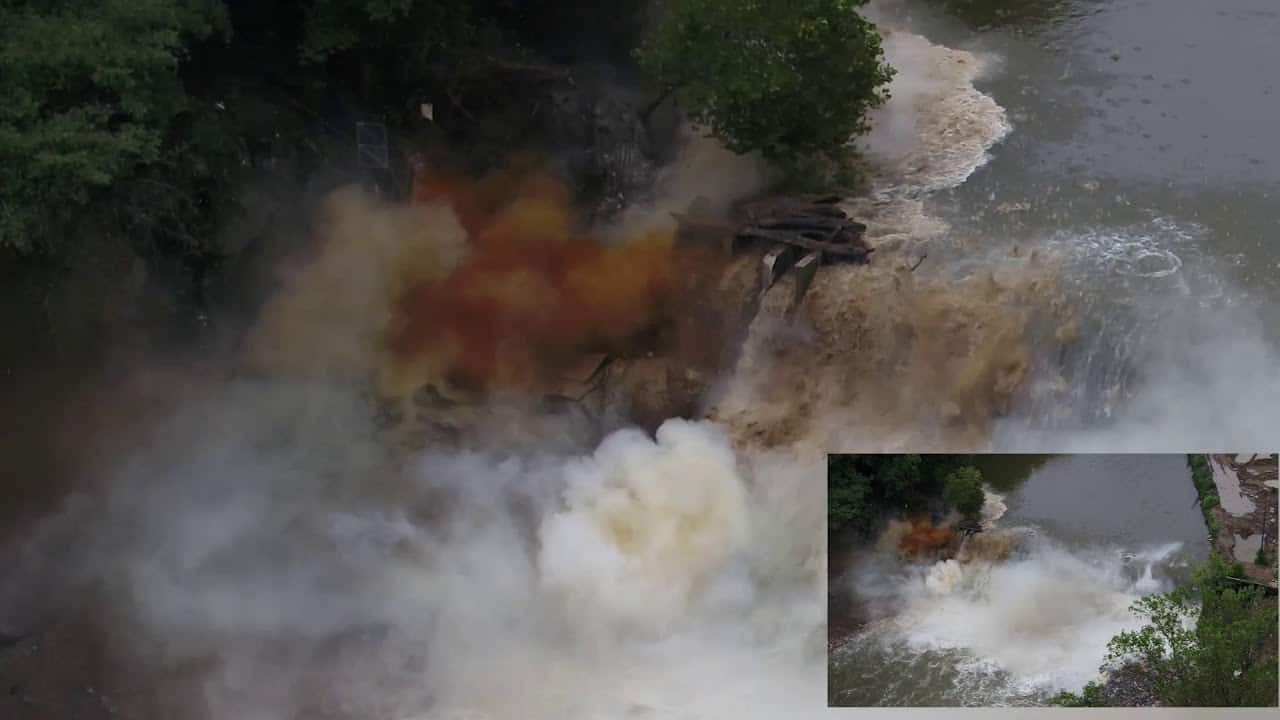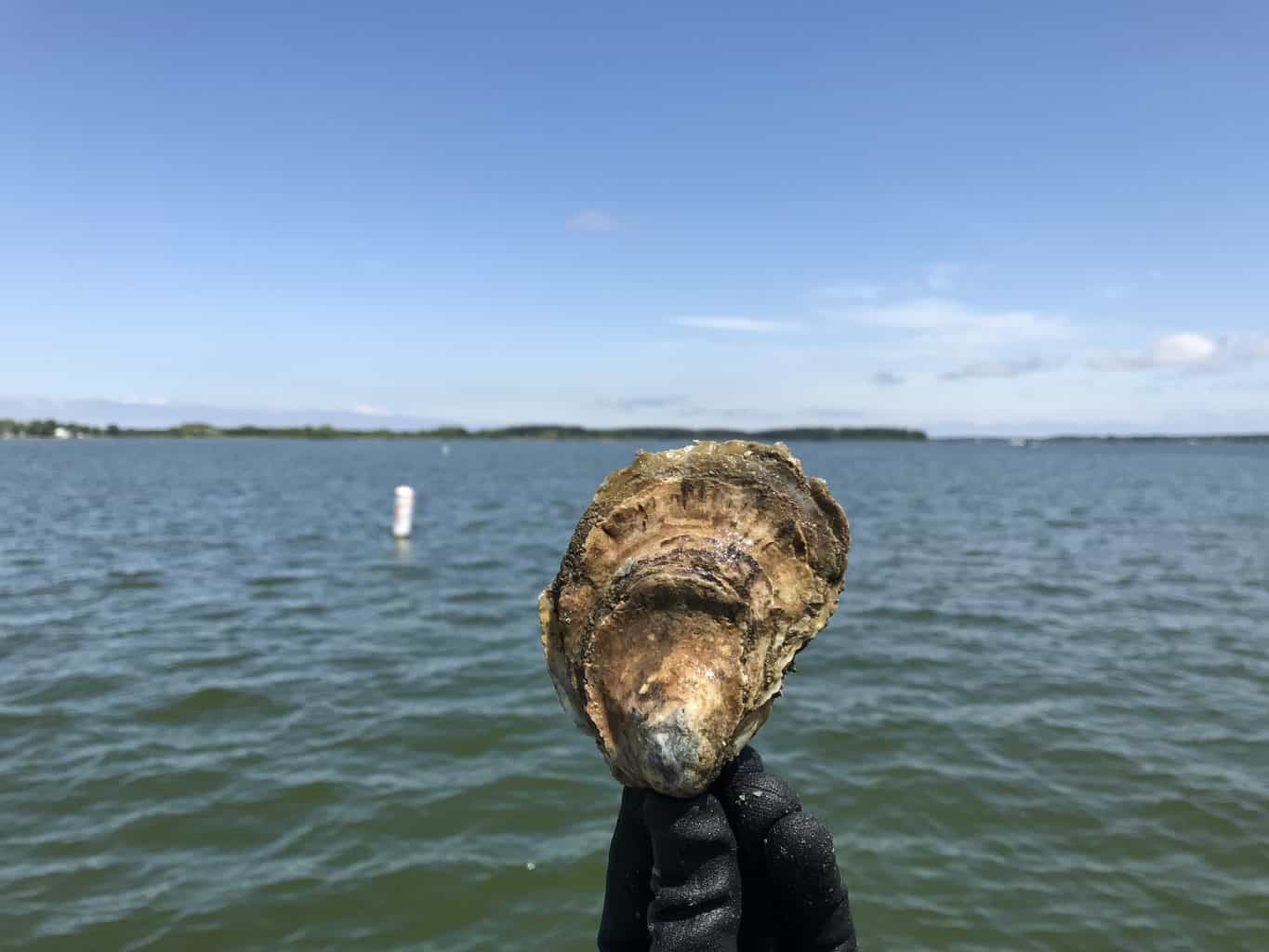A week’s worth of heavy rain has caused serious hazards on the water at the top of the Bay, and the Maryland Department of Natural Resources (DNR) is asking boaters, watermen, and anglers to stay away for the next few days.
Record rainfall in the Bay watershed produced historic water flows at the Conowingo Dam. At one point Thursday night, the flow reached 400,000 cubic feet per second. 20 spill gates were opened. That amount of water flow hasn’t been seen at the dam since Tropical Storm Lee in 2011.
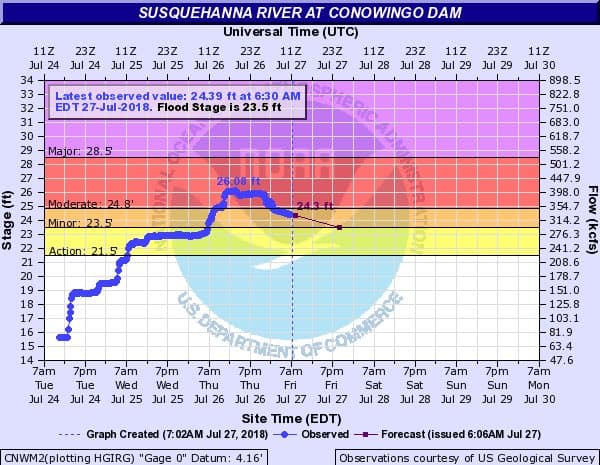
“It is vitally important that anglers and boaters avoid the area downstream of the dam as heavy flows and accompanying marine debris – both submerged and superficial – can pose a serious threat to people and vessels,” Maryland Natural Resources Secretary Mark Belton said. “We expect the issue to continue and ask that people steer clear of the Upper Bay until it is safe to navigate and recreate.”
Maryland Governor Larry Hogan has called on state agencies to support Harford and Cecil Counties, including the Maryland Emergency Management Agency (MEMA).
Port Deposit Mayor, Wayne L. Tome Sr., called for a voluntary evacuation in Port Deposit, which was later lifted.
The Susquehanna River crested Thursday, but with more rain predicted, water flow may remain high, and floating debris will likely be a hazard for days to come, warns Maryland Natural Resources Police.
Beyond the immediate threat to public safety, Maryland DNR is also actively monitoring the dam’s heavy flow for its environmental impact. The dam’s reservoirs have reached capacity, and can no longer hold back nutrients or sediment coming from the northernmost parts of the watershed.
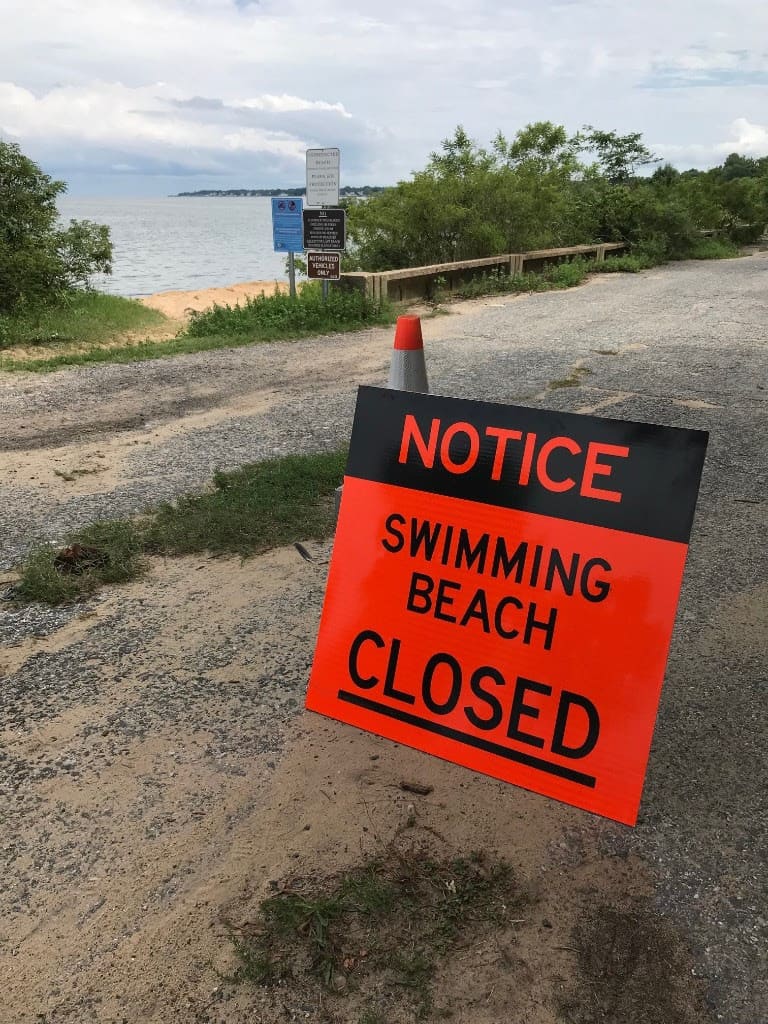
DNR explains, “High flows containing pollutants may scour or sweep over the dam, impacting Chesapeake Bay Watershed Agreement goals as well as marine life, such as blue crabs, and submerged aquatic vegetation.”
DNR, along with the U.S. Geologial Survey and the University of Maryland Center for Environmental Science are collecting water samples throughout the weekend to monitor the dam and the Bay for excess nutrients, sediment, and turbidity (cloudiness).
“We will be monitoring the flow from the Susquehanna River and all its related impacts on the bay, both in the short and long term,” Belton said. “While it is too early to say what effects these storms will have, there certainly will be impact on the health of Chesapeake Bay and the broader watershed.”
As more and more debris washes up further down the Bay, in areas like Annapolis, officials are actually banning swimming at some beaches, because of safety concerns. The Anne Arundel County Health Department announced Tuesday that the swimming beaches at Sandy Point State Park and Fort Smallwood Park are closed until further notice. The Health Department went on to warn, “If your local community beach has debris, you are advised against swimming and other direct water contact until the debris stops washing ashore, a clean up has been done and the water clears.”

